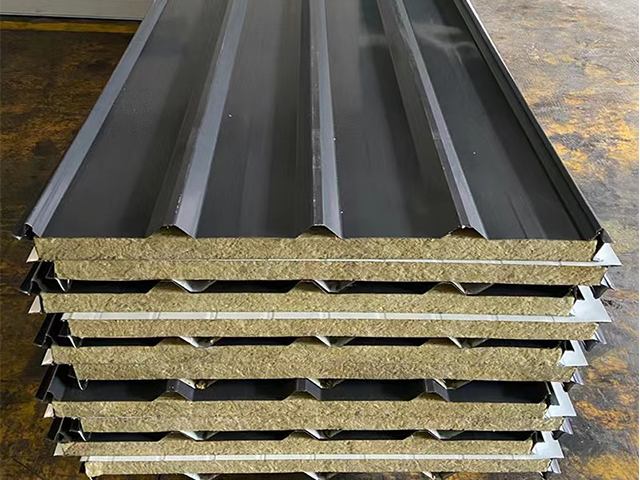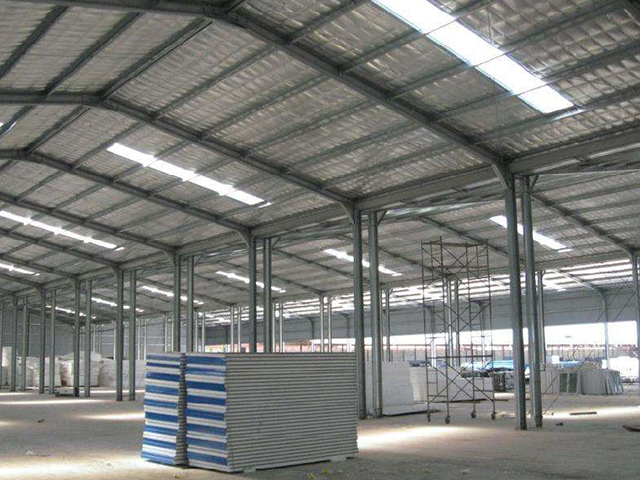Steel structures have changed how to construct industrial facilities in the past few years. Now they're much stronger, more flexible, and cost efficient. In this article, we will cover the evolution of poles used in construction along steel structures and why they are necessary in modern facilities.
The Benefits of Steel Structures
Steel structures offer several benefits when compared to conventional building materials. The material's impressive strength relative to its weight makes it particularly suited for creating expansive spaces and elaborate architectural features since steel frames can support substantial loads without needing excessive bulk. Unlike wood or concrete alternatives, steel stands up well to fires, survives harsh temperature extremes both hot and cold, resists insect damage, and doesn't suffer from rotting issues that shorten building lifespans. Another advantage worth noting is how straightforward relocation becomes with steel construction. These properties mean lower ongoing maintenance needs and greater flexibility in how facilities are used over time. For companies operating industrial sites, this translates directly into cost savings they can redirect toward core business activities instead of constantly worrying about repairs and upkeep.
Innovative Design Possibilities
Steel's versatility allows architects and engineers to expand their design possibilities. When using prefabricated steel structures, the whole process becomes more modular. Construction happens faster and costs less money in the long run. Another big plus is better quality control since parts get made in factories before being put together on site. This results in clean, modern finishes where exposed steel beams create interesting visual patterns across buildings. Clients appreciate this look just as much as workers who occupy these spaces daily. The combination of practical benefits and aesthetic appeal makes steel structures increasingly popular among building professionals today.
Environmental Considerations and Sustainability
Steel frame buildings have become increasingly popular these days, especially since the steel industry has started taking sustainability seriously. One big plus is that there's way less construction waste when working with steel because it can be recycled completely. Most steel producers are going green too, switching to solar power where possible, cutting down on factory emissions, and generally greening up their operations. When companies build with steel frames, they get to show off their commitment to sustainability, which looks great for their CSR reports and helps push forward the whole movement toward environmentally friendly building solutions across the construction sector.
Industry Developments And Changes
The business world keeps changing as new tech emerges and operations evolve. Steel buildings offer companies a way to adapt when they need to expand or modify their spaces. These structures can handle growth demands pretty easily compared to traditional options. That flexibility means businesses using steel constructions generally find it easier to stay competitive despite all the market shifts happening around them. Many manufacturers have discovered this advantage firsthand over the years.
Future Trends in Steel Construction
Steel structures for industrial buildings are set to become even more prevalent in coming years. New tech developments such as BIM software and robotic fabrication methods are helping reduce errors while speeding up construction timelines. These innovations address many common problems faced during traditional steel building projects. Meanwhile, we're seeing a growing trend toward modular construction approaches too. Prefabricated components can cut months off project schedules when erecting large manufacturing plants or warehouses. As these advancements continue to gain traction across the sector, expect to see major changes in how industrial facilities get built from foundation to roofline over the next decade.
In general, the impact is remarkable due to the adoption of advanced techniques with modernized facilities as their appeal. Their unique set of features clearly provides a competitive edge alongside dynamic market needs thus making them a backbone for upcoming projects.






